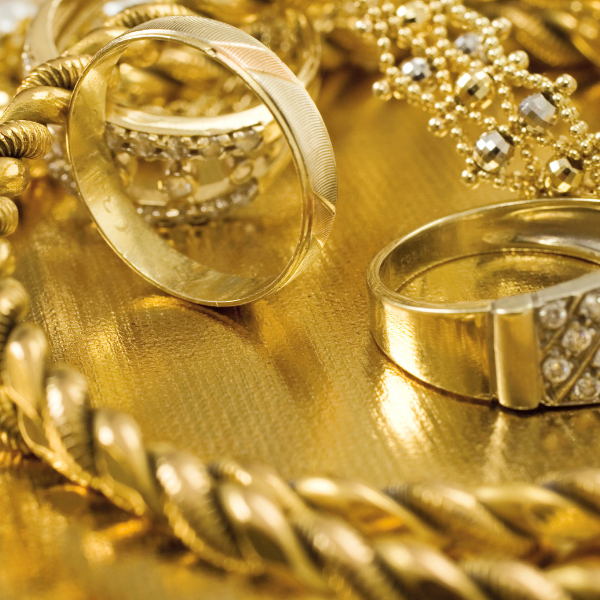Evaluating the True Value of Your Pieces for a Successful Sale
Wiki Article
When it relates to retailing jewelry, comprehending its true value is essential to securing a successful transaction. Ornaments can hold significant sentimental and financial value, so understanding how to assess its valuation can help owners make knowledgeable choices. Various factors influence the price of jewelry, including the materials used, designer prestige, market demand, and overall condition of the piece. By taking into account these aspects, individuals can ensure they determine a fair valuation that reflects the jewelry’s genuine value.

An initial stage in establishing the worth of jewelry is identifying its components. Most jewelry is made from precious metals like the yellow metal, the white metal, or platinum. The fineness of these metals, evaluated in karats for gold and as a proportion for silver and platinum alloy, is crucial in pricing. Additionally, gemstones such as diamonds, green gems, or blue stones enhance the total value of a jewel. Factors such as the size, color, clarity, and shape of stones are essential when assessing their market worth. Understanding these elements allows owners to gain insight into what their jewelry might be valued at on the open exchange.
An additional key factor to consider is the label or designer of the ornament. Well-known names often demand premium rates due to their reputation for quality and craftsmanship. For instance, pieces crafted from established creators or luxury brands may carry a premium value compared to similar pieces from lesser-known makers. Enthusiasts and buyers often pursue specific brands for their financial appeal Continued and prestige. Thus, researching the heritage and market presence can offer important insight regarding pricing strategies.
Market demand also has major influence in establishing ornaments’ worth. Shifts in fashion can strongly affect what kinds of pieces are favored at any particular moment. Certain styles may be sought after during specific seasons or events, shaping how much purchasers are prepared to spend. It is important for owners to remain aware of present trends and industry factors to take knowledgeable choices about when best to sell their ornaments. Seeking advice from professionals or evaluators can provide guidance into what pieces are most sought after, assisting owners increase their profit.
In the end, the state of the ornament must be assessed before seeking to resell it. Items that are properly cared for and without damage will typically command higher prices than those that show signs of wear or require repairs. Cleaning and restoring jewelry can enhance its look and boost its appeal. In addition, having authentic boxes or official documentation for precious stones can further raise worth. Owners should always be honest about the state of their pieces when presenting them to prospective purchasers.
To summarize, determining the actual value of jewelry involves a comprehensive understanding of its components, brand reputation, buyer interest, and general state. By carefully assessing these elements, sellers can set appropriate prices that reflect their jewelry's worth while appealing to prospective purchasers. A knowledge-based strategy not only ensures a successful sale but also allows owners maintain assurance in their about this valuation choices. Whether looking to sell a cherished family heirloom or an asset item, making the effort to evaluate its genuine worth is crucial for achieving rewarding results in the marketplace.